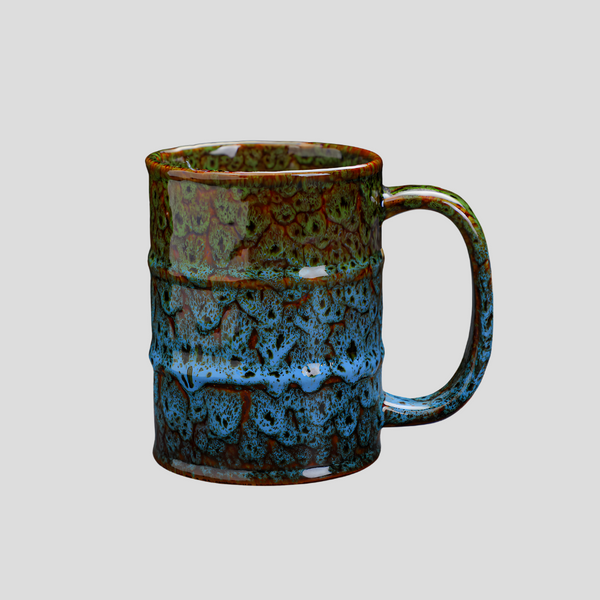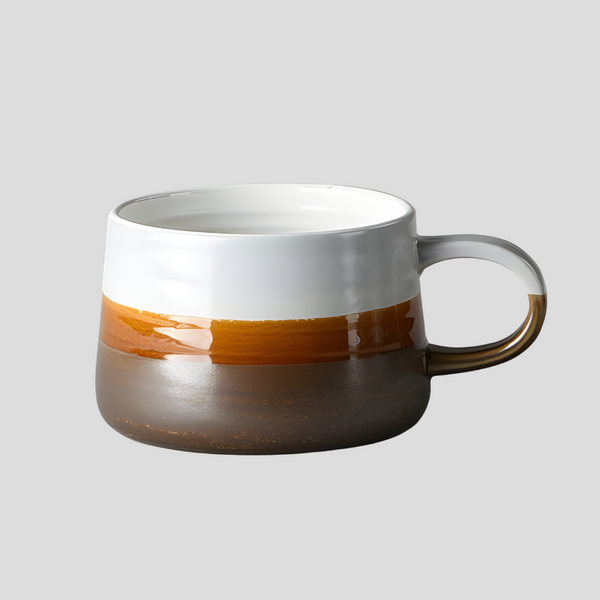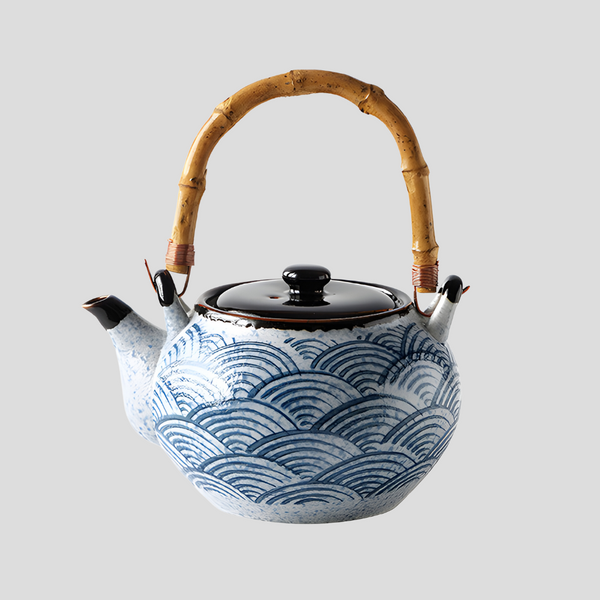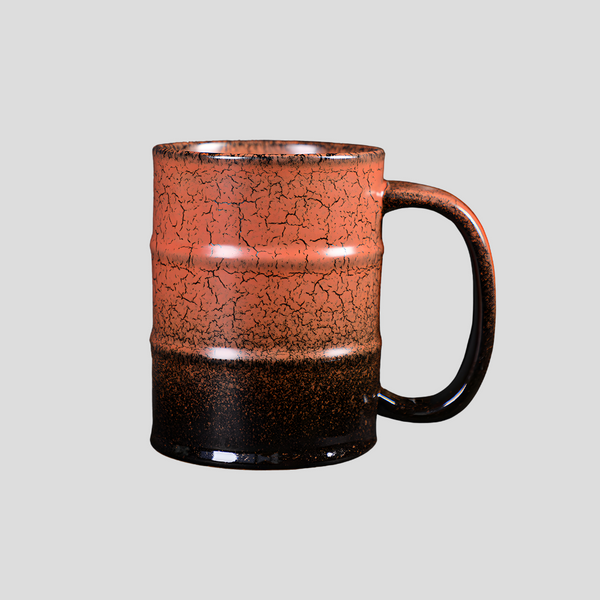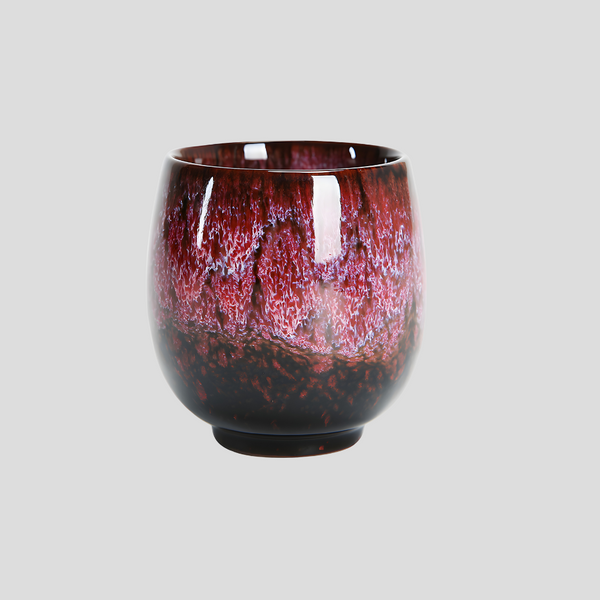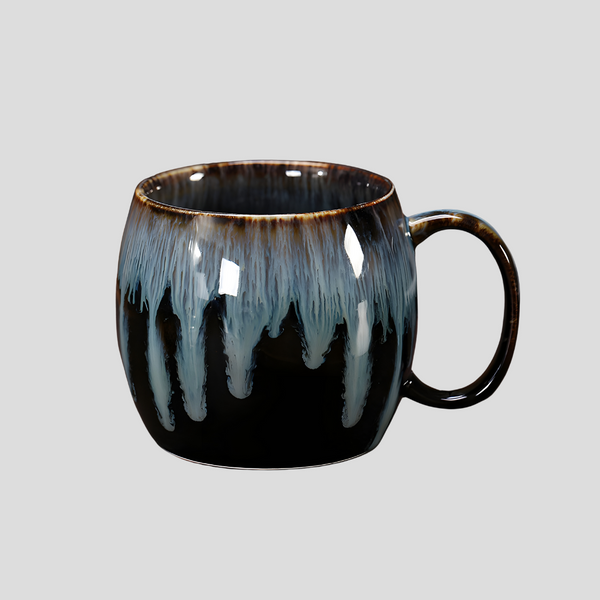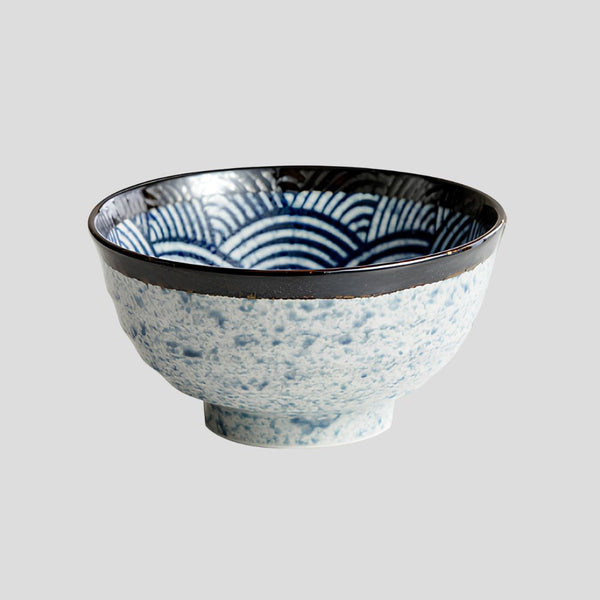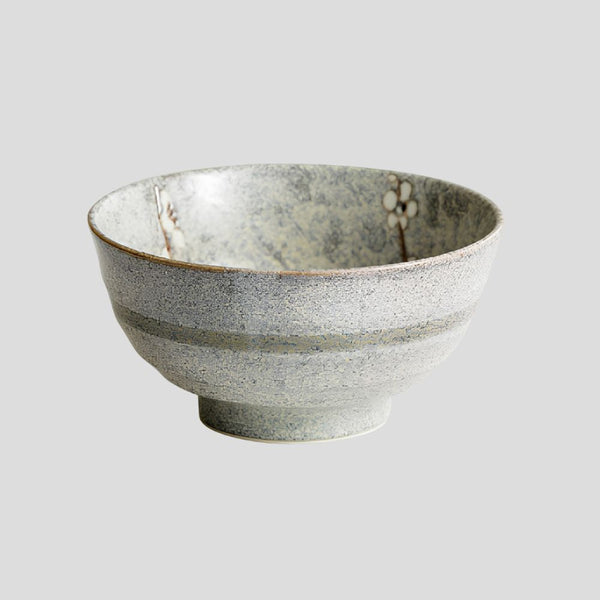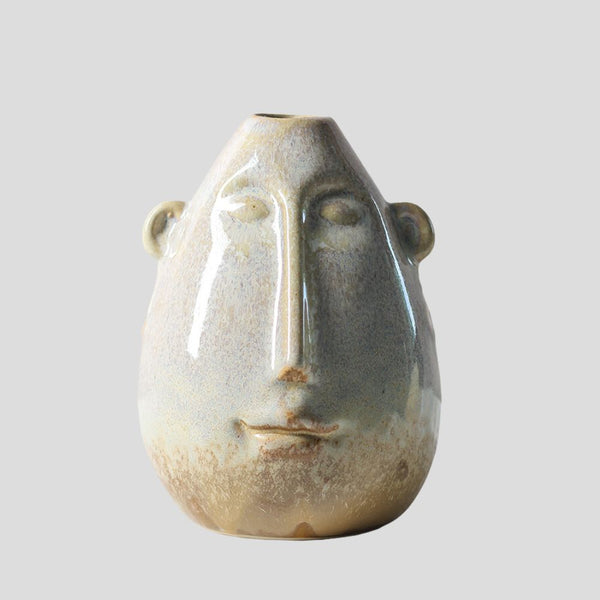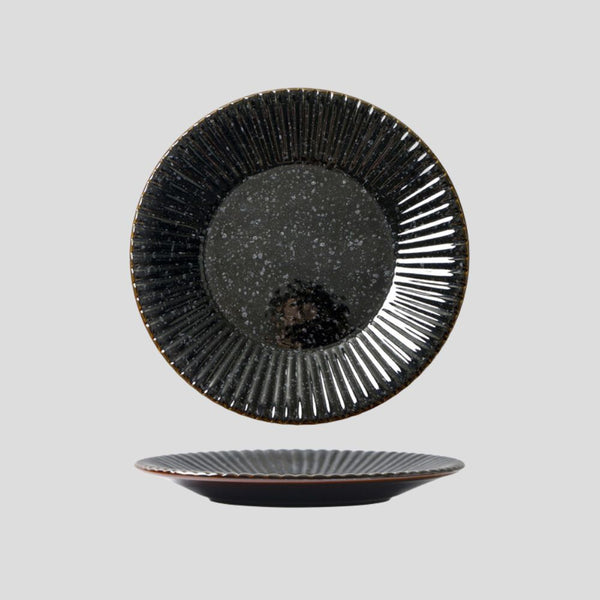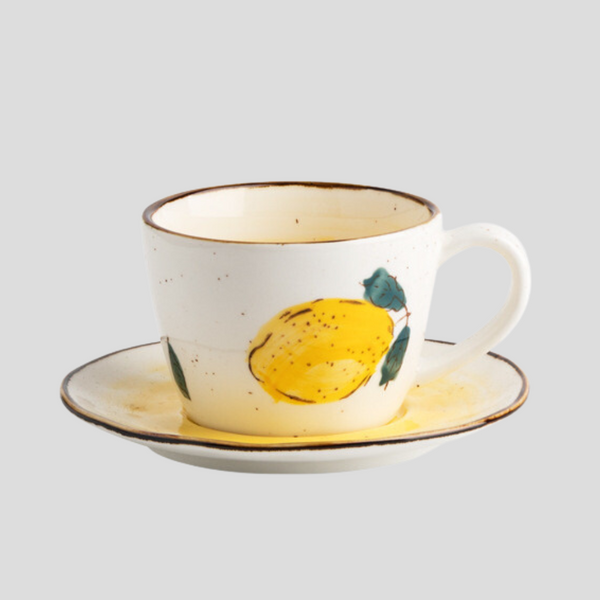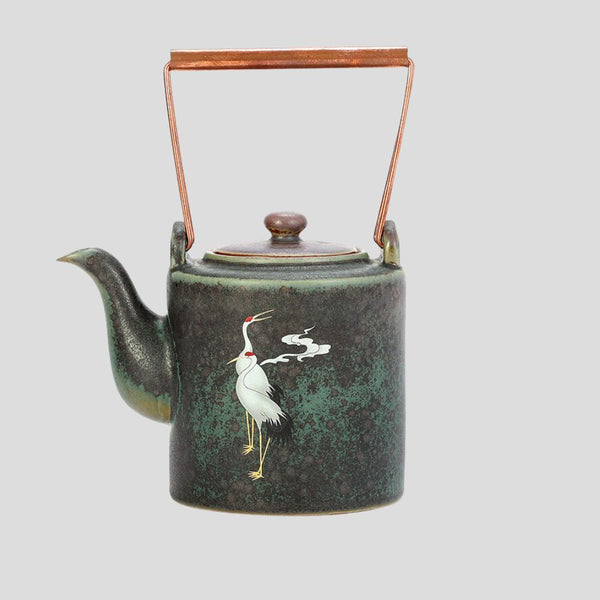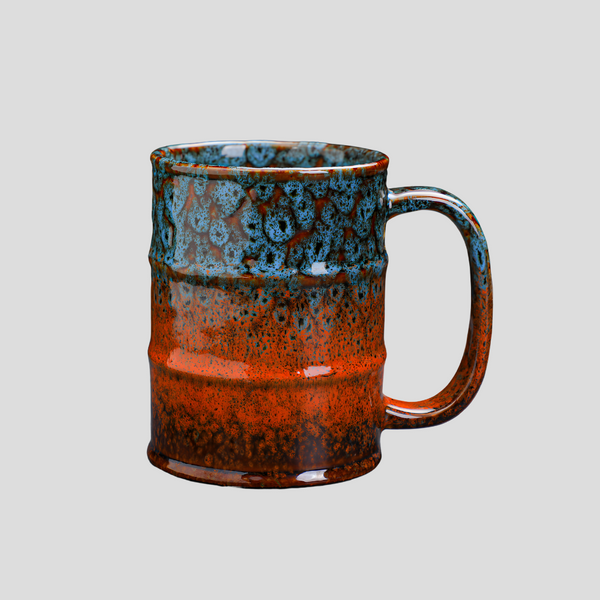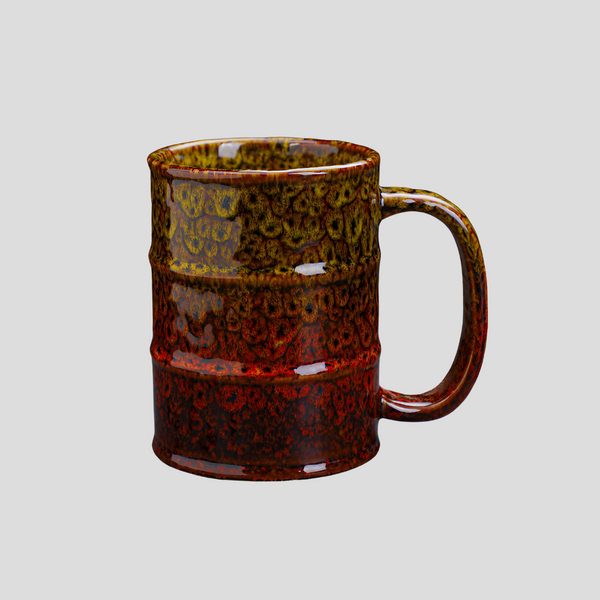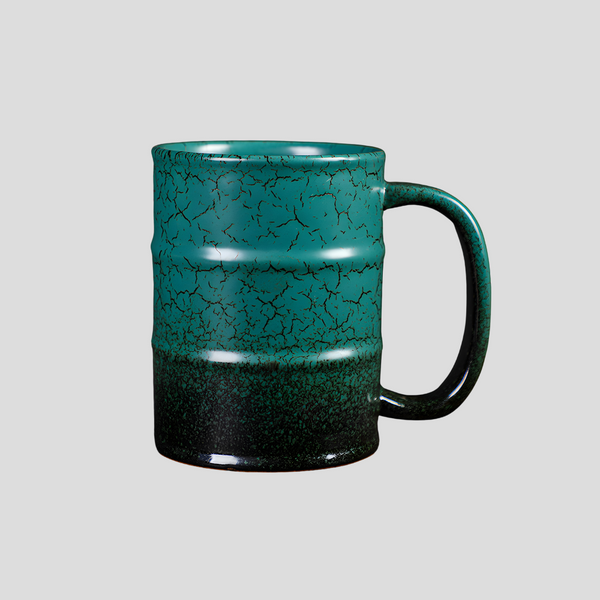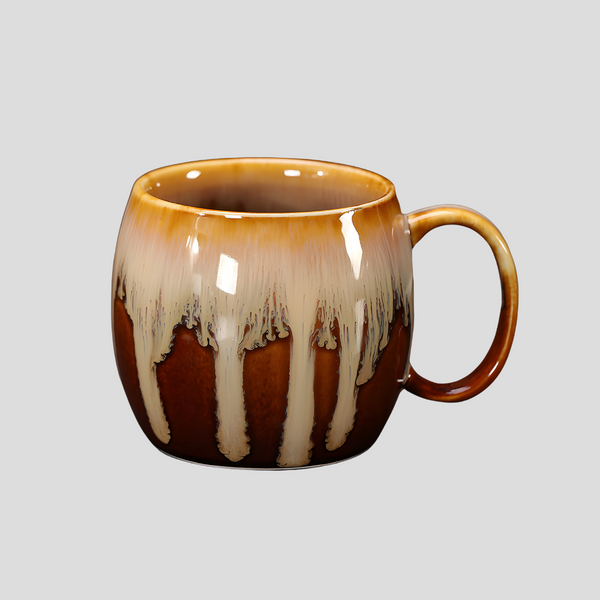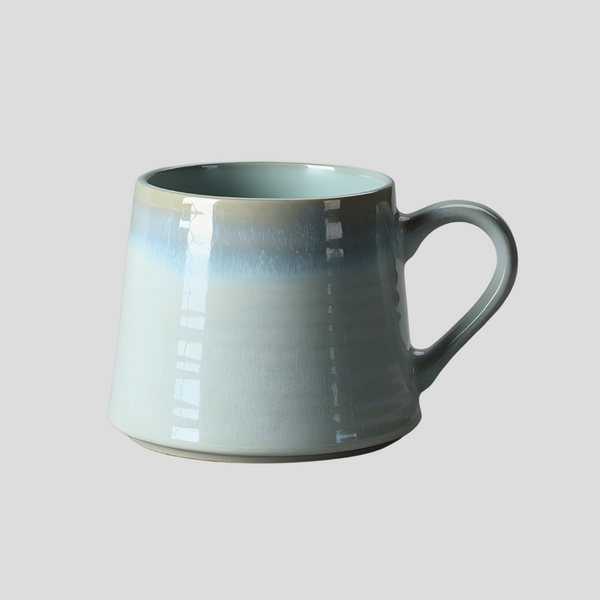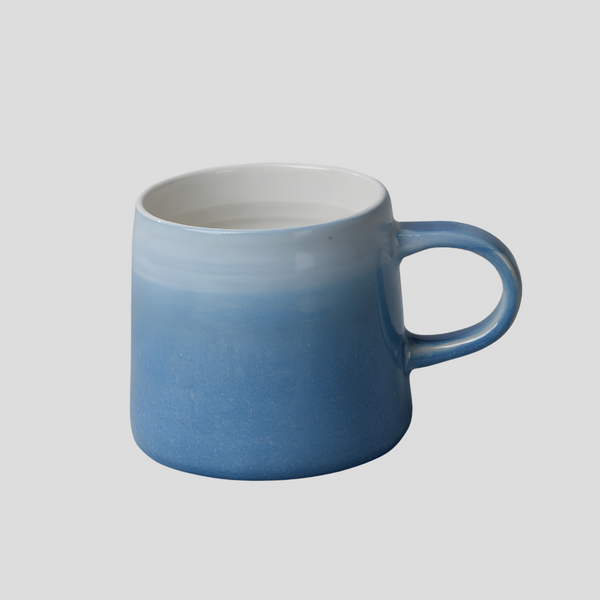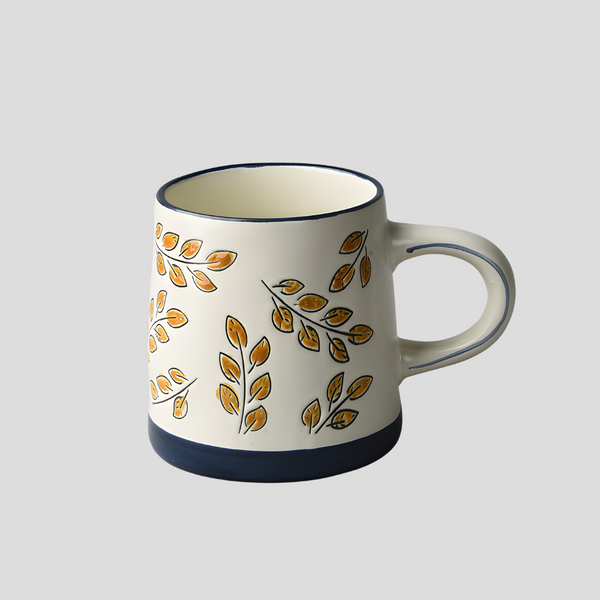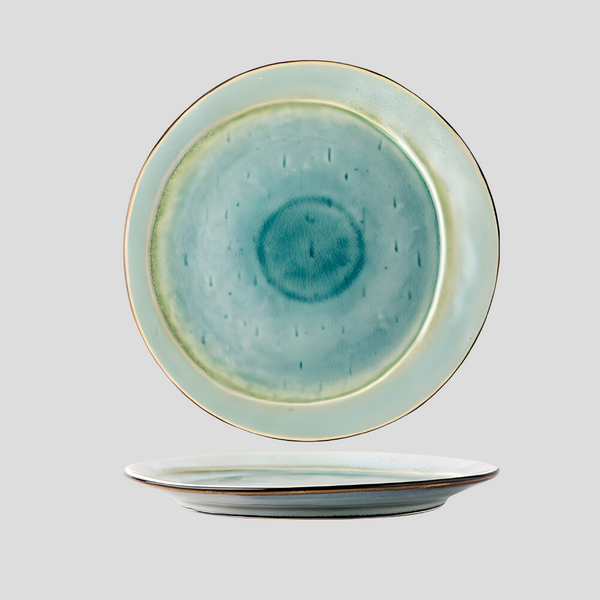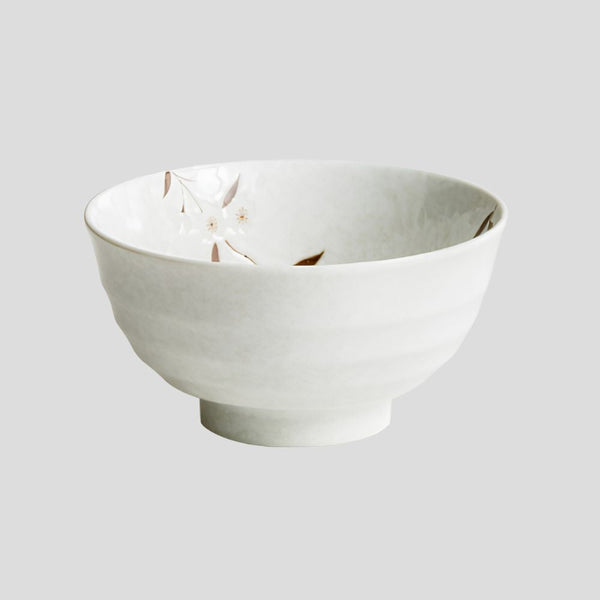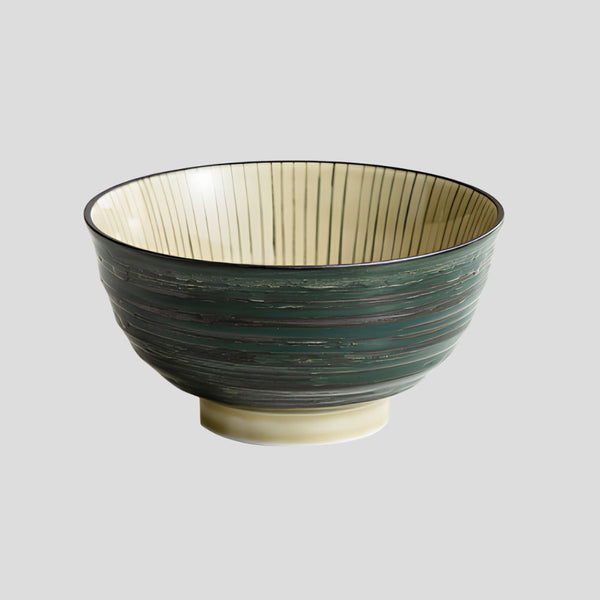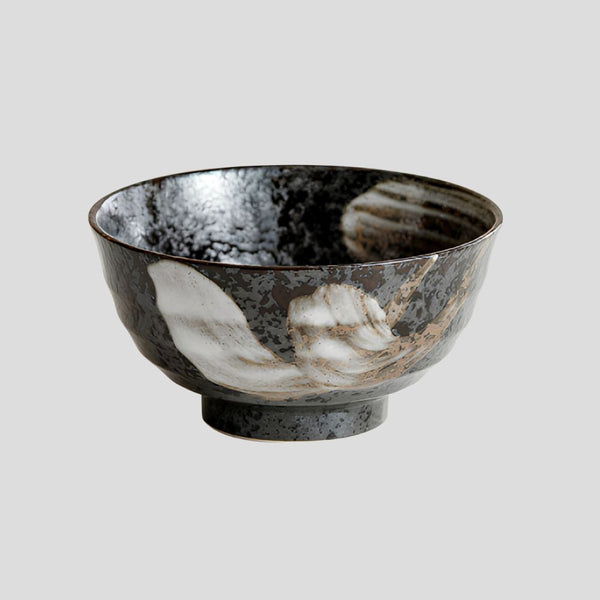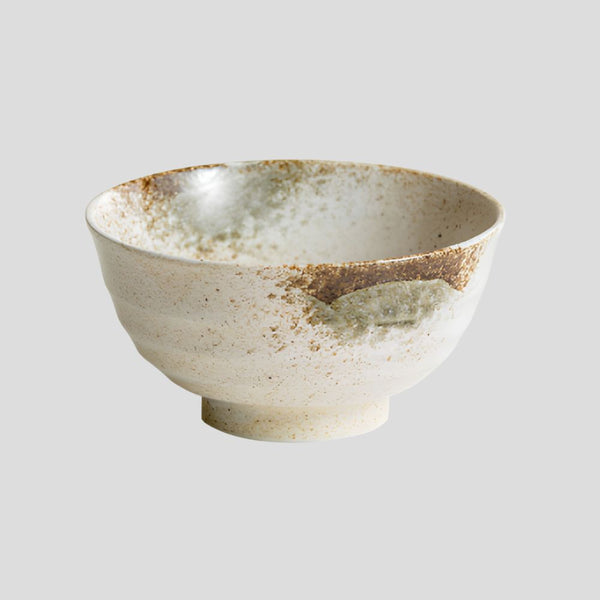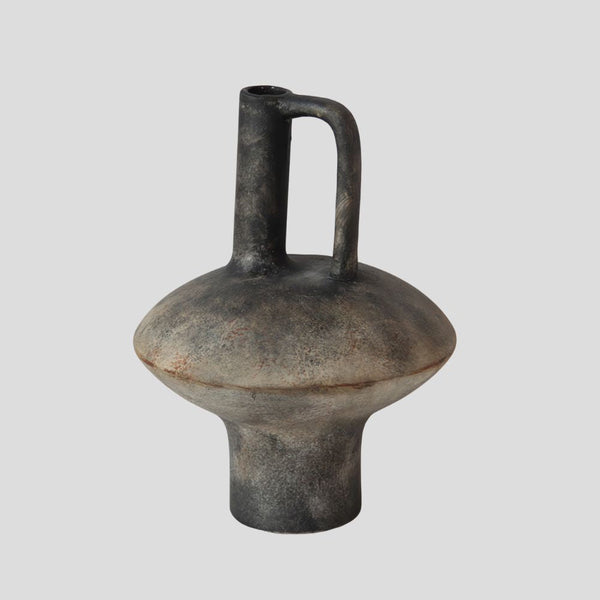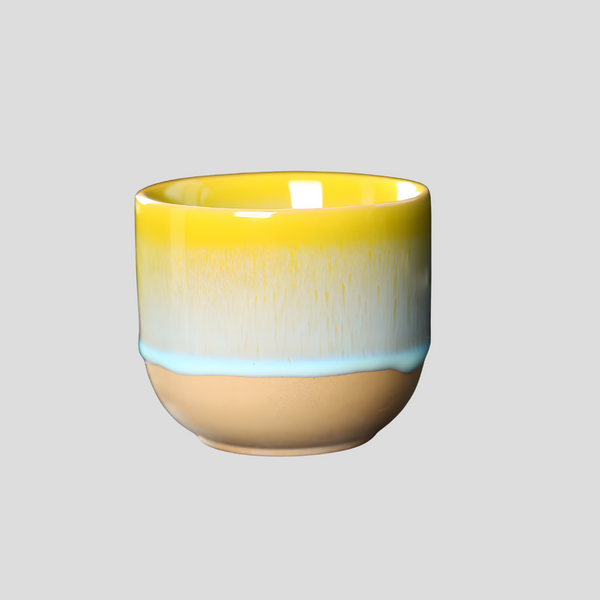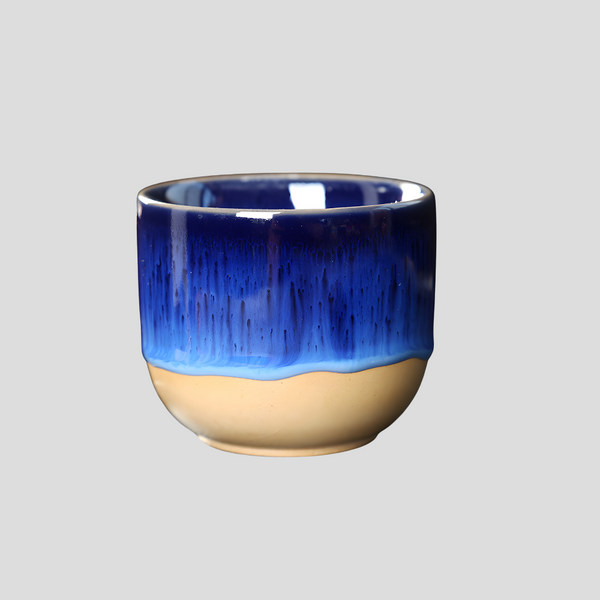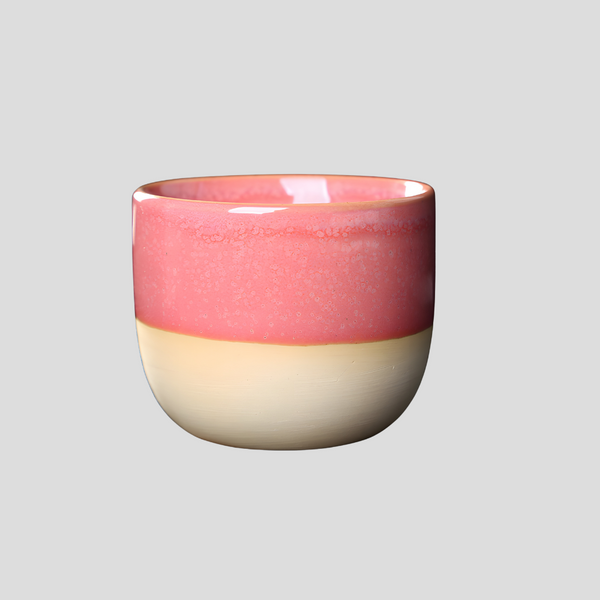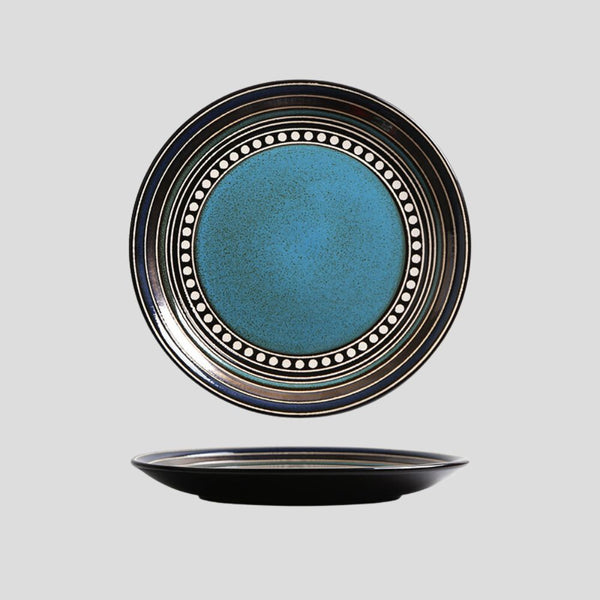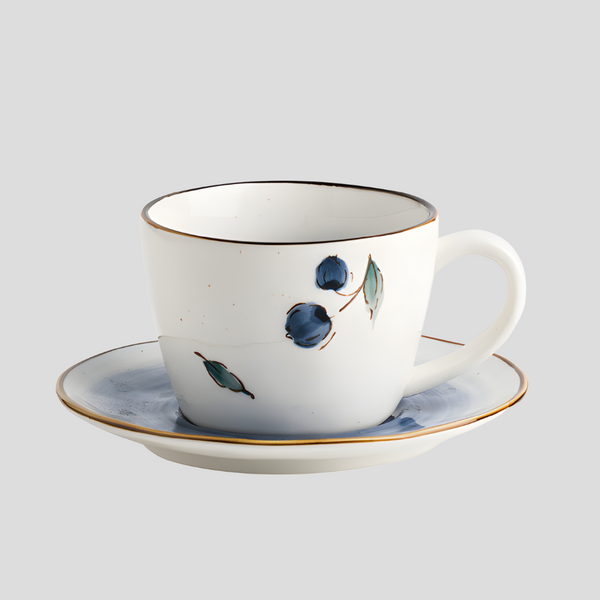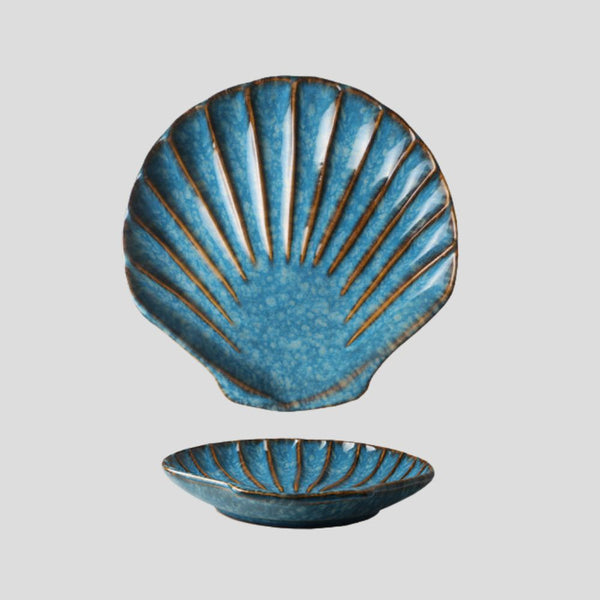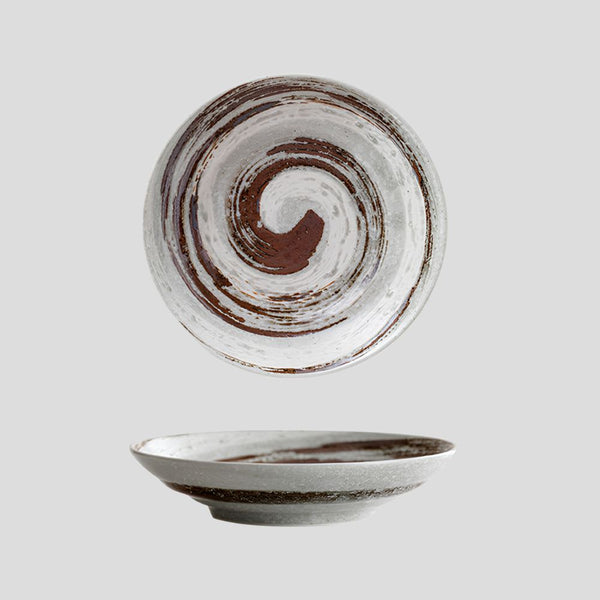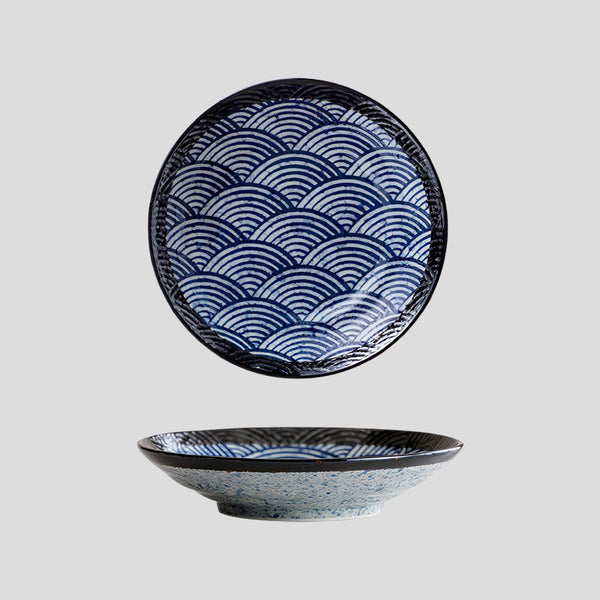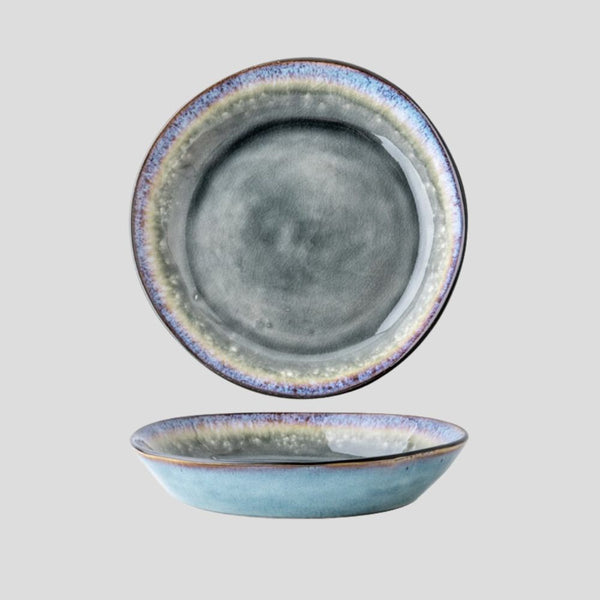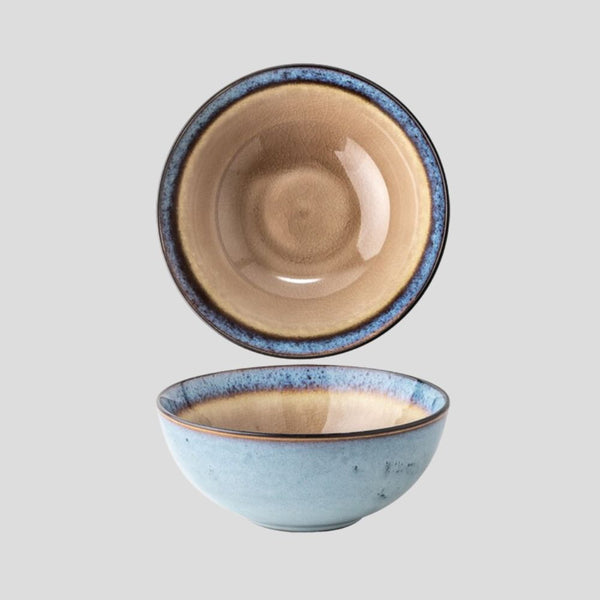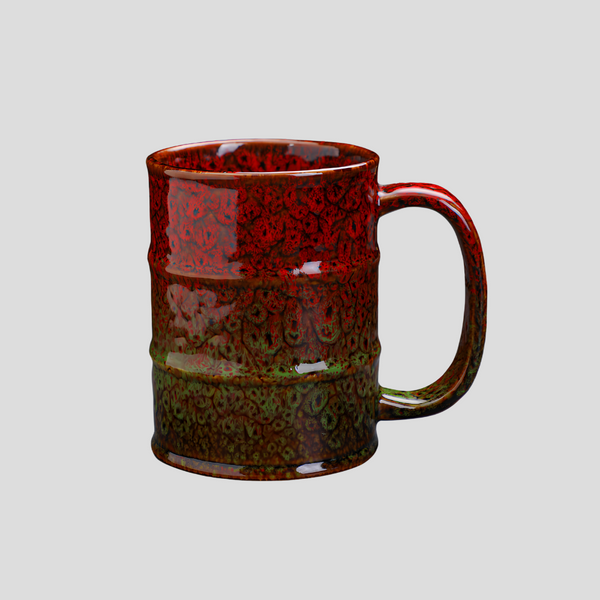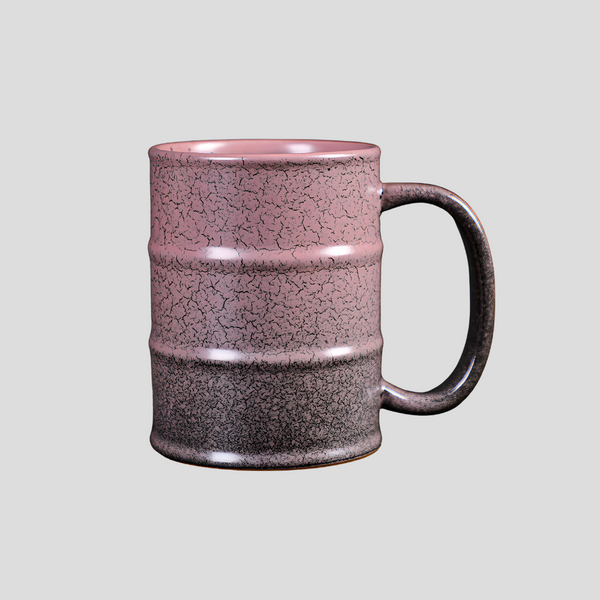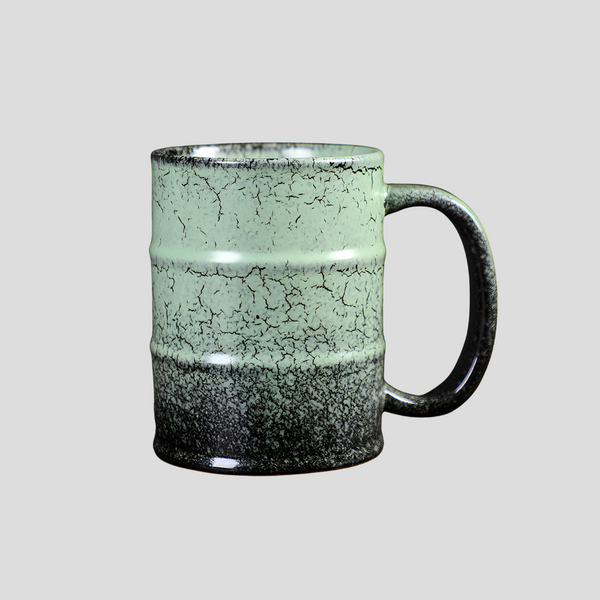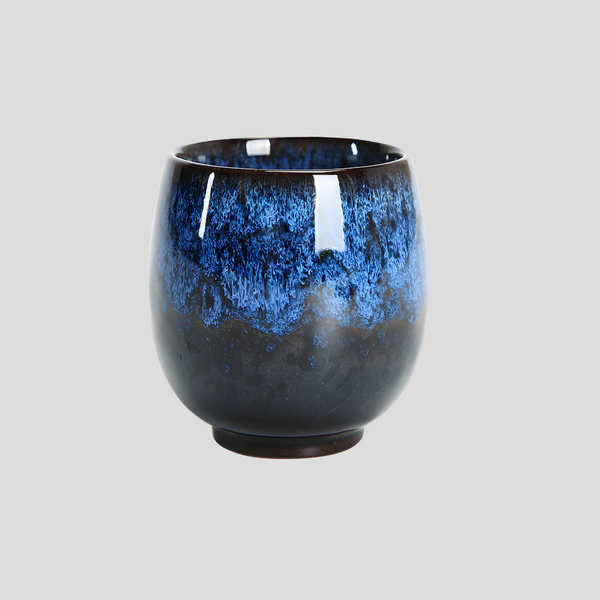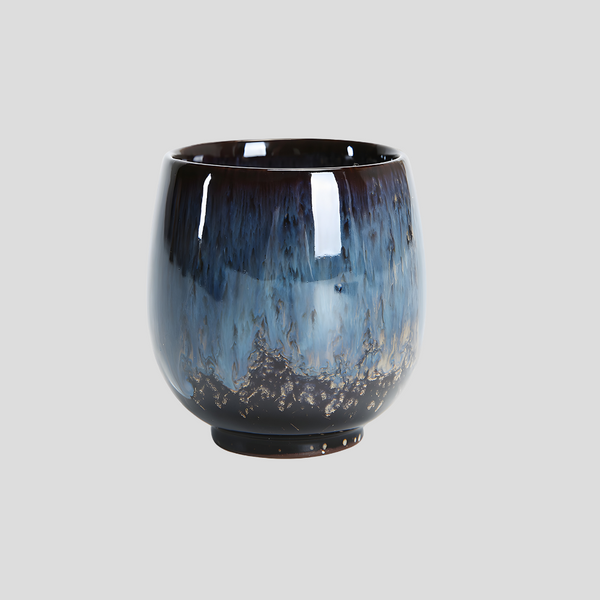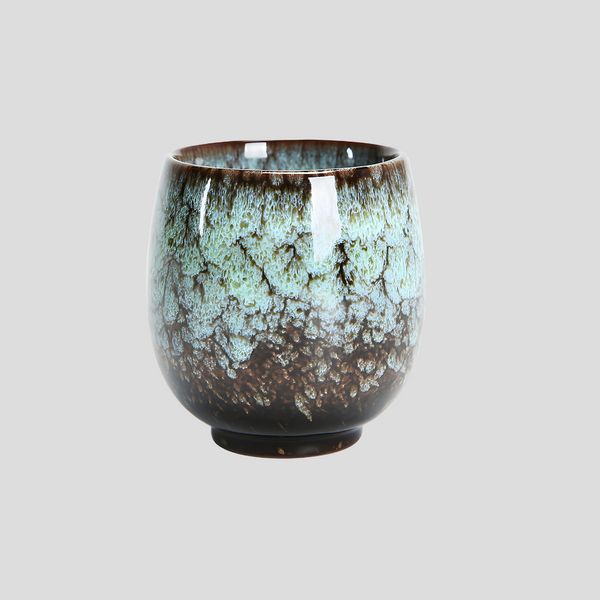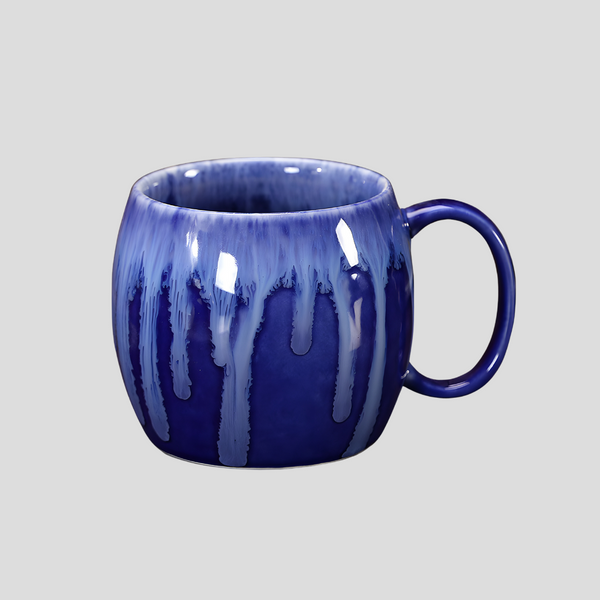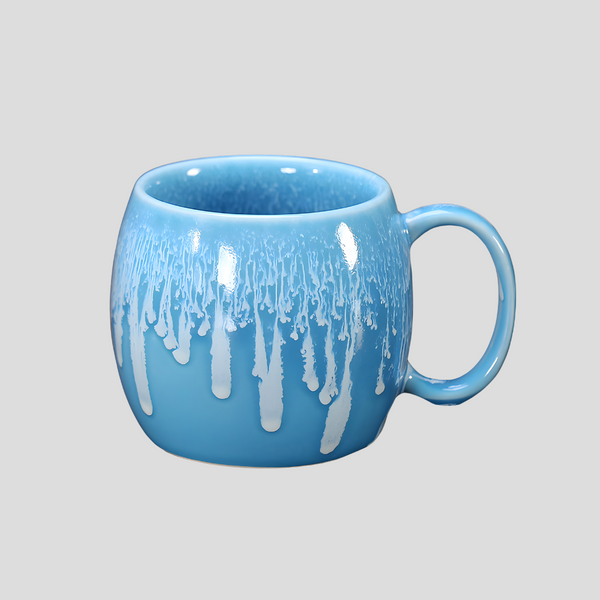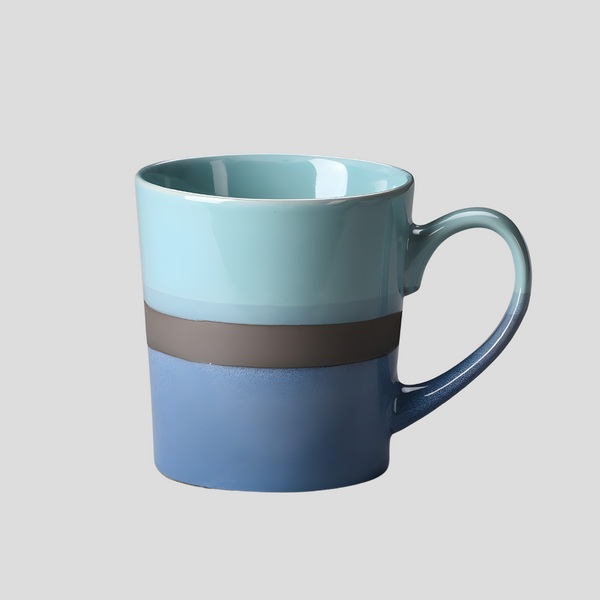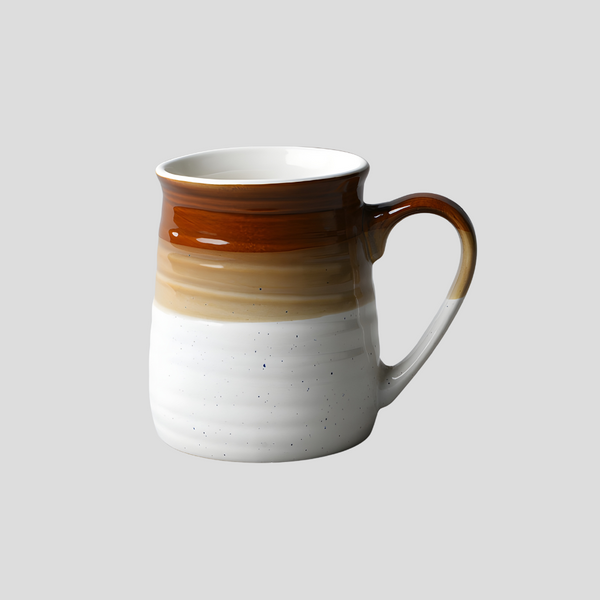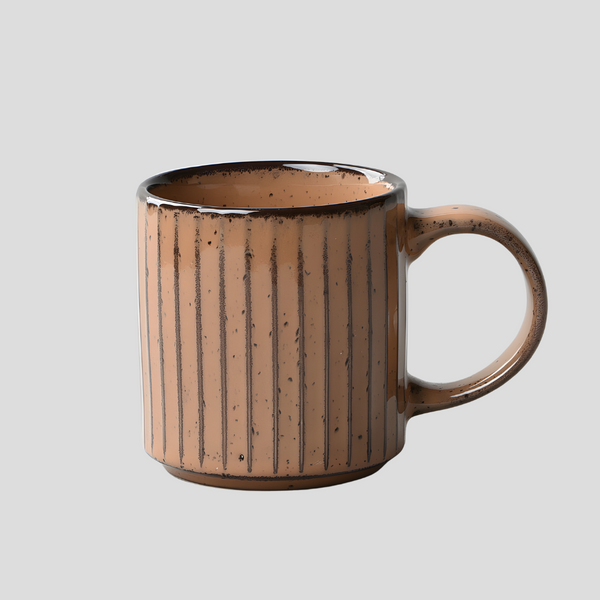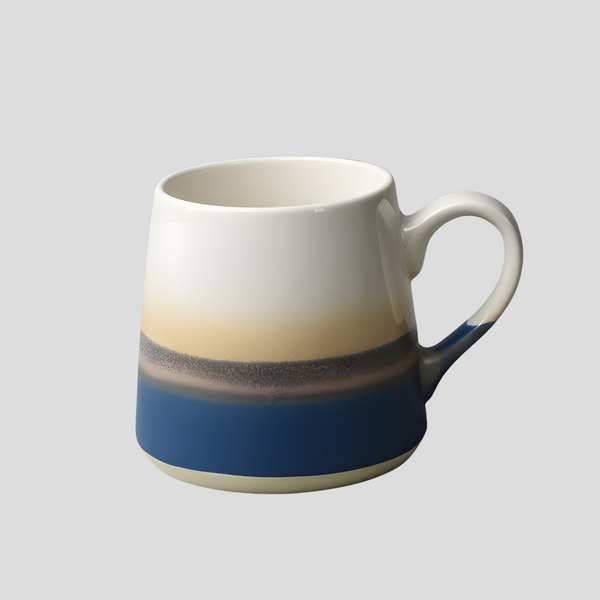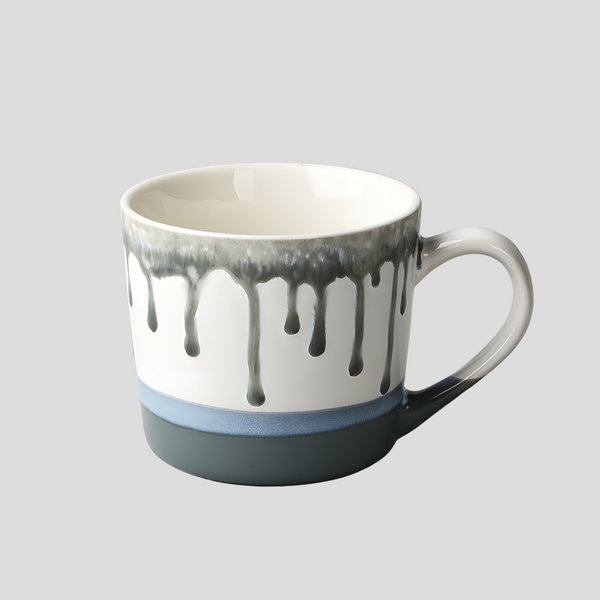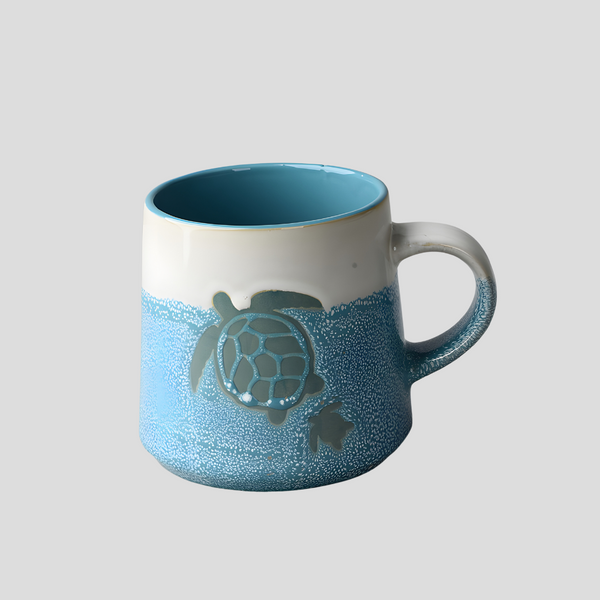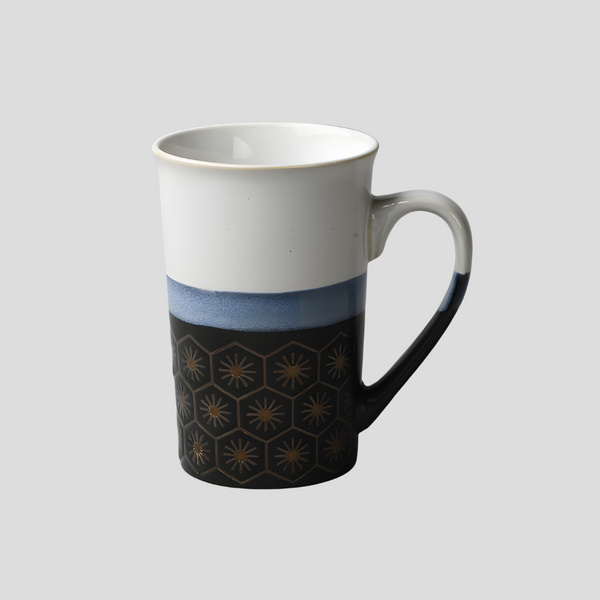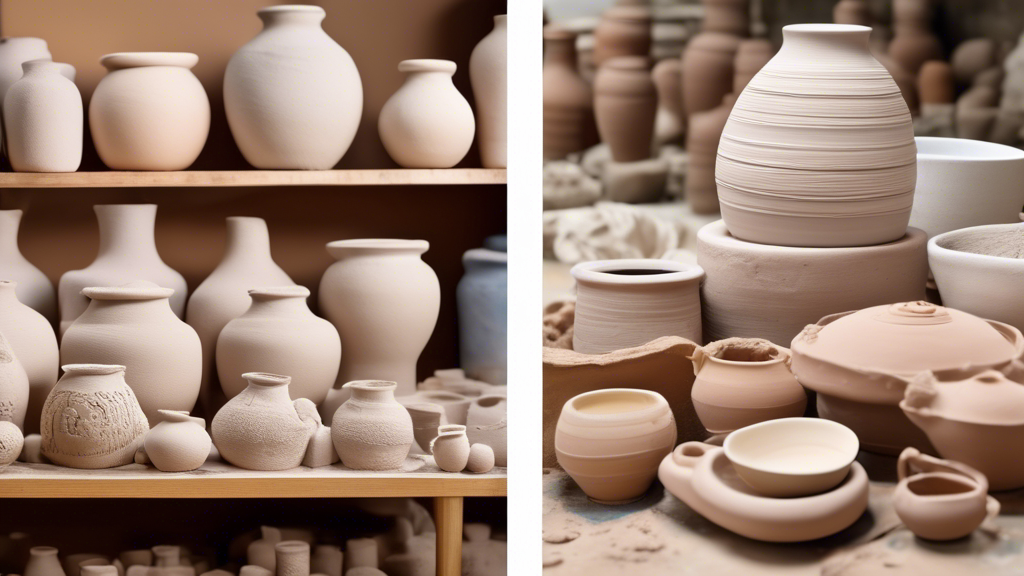
Clay vs. Porcelain: What's the Difference?
Clay vs. Porcelain: What's the Difference?
When it comes to ceramic materials, clay and porcelain are often mentioned together, yet they serve different purposes and exhibit distinct characteristics. Despite their interrelated nature - with porcelain technically being a subset of clay - the two are crafted, used, and appreciated in uniquely different ways. Understanding these differences is crucial for artists, builders, and enthusiasts alike.
Origin and Composition
At their core, both materials originate from the earth, formed from natural elements. Clay is a natural material made up of various minerals, water, and organic matter. It is highly pliable when wet, making it easy to shape. Upon drying and firing, it hardens to create durable objects. There are several types of clay, including earthenware, stoneware, and porcelain, each with varying properties and uses.
Porcelain, on the other hand, is a specific type of clay that is composed of kaolin, along with other materials such as feldspar and quartz. What sets porcelain apart is its purity and the high temperatures at which it is fired, typically between 1200°C and 1400°C (2192°F and 2552°F). This process results in a material that is denser, harder, and more translucent than other types of clay.
Physical Properties
The high firing temperature of porcelain not only contributes to its strength but also its fine, smooth texture, and its characteristic translucency. These properties have made porcelain highly prized for delicate and intricate items such as fine dinnerware, vases, and decorative art. In contrast, clay objects can vary greatly in texture and density, depending on the type of clay used and the firing temperature. Earthenware, for example, is porous and not as strong as porcelain, while stoneware is non-porous and more durable.
Applications and Uses
Due to their differences, clay and porcelain are chosen for specific applications based on their distinct qualities. Clay is often used for everyday items such as bricks, tiles, and simpler pottery pieces. Its versatility and ease of use make it a popular choice for both functional and decorative objects. Porcelain, with its fine quality and durability, is reserved for uses where beauty and strength are paramount. This includes dinnerware, decorative pieces, and even high-strength insulators in electrical components.
Aesthetic Appeal
The aesthetic appeal of clay and porcelain varies greatly and is often a matter of personal preference. Clay offers a more natural and rustic look, with a wide range of textures and colors based on the minerals within the clay and the firing methods used. Porcelain, known for its purity and whiteness, lends itself to finely detailed designs and patterns. It is often prized for its elegant and refined appearance.
Choosing Between Clay and Porcelain
When deciding between clay and porcelain, consider the intended use, desired aesthetic, and durability requirements. For everyday items that require a sturdy, functional material, clay may be the preferred choice. However, for items where beauty, translucency, and a smooth, refined finish are desired, porcelain stands out. Regardless of the choice, both materials offer a rich history and a vast range of possibilities for creators and collectors alike.
Ultimately, the differences between clay and porcelain highlight the diversity and richness of ceramic materials, offering a wide spectrum of options for various projects and purposes. Whether you are drawn to the rustic charm of clay or the refined elegance of porcelain, both materials offer unique qualities that can enhance the beauty and functionality of the items created with them.
Click this link to check out our ceramic artwork!